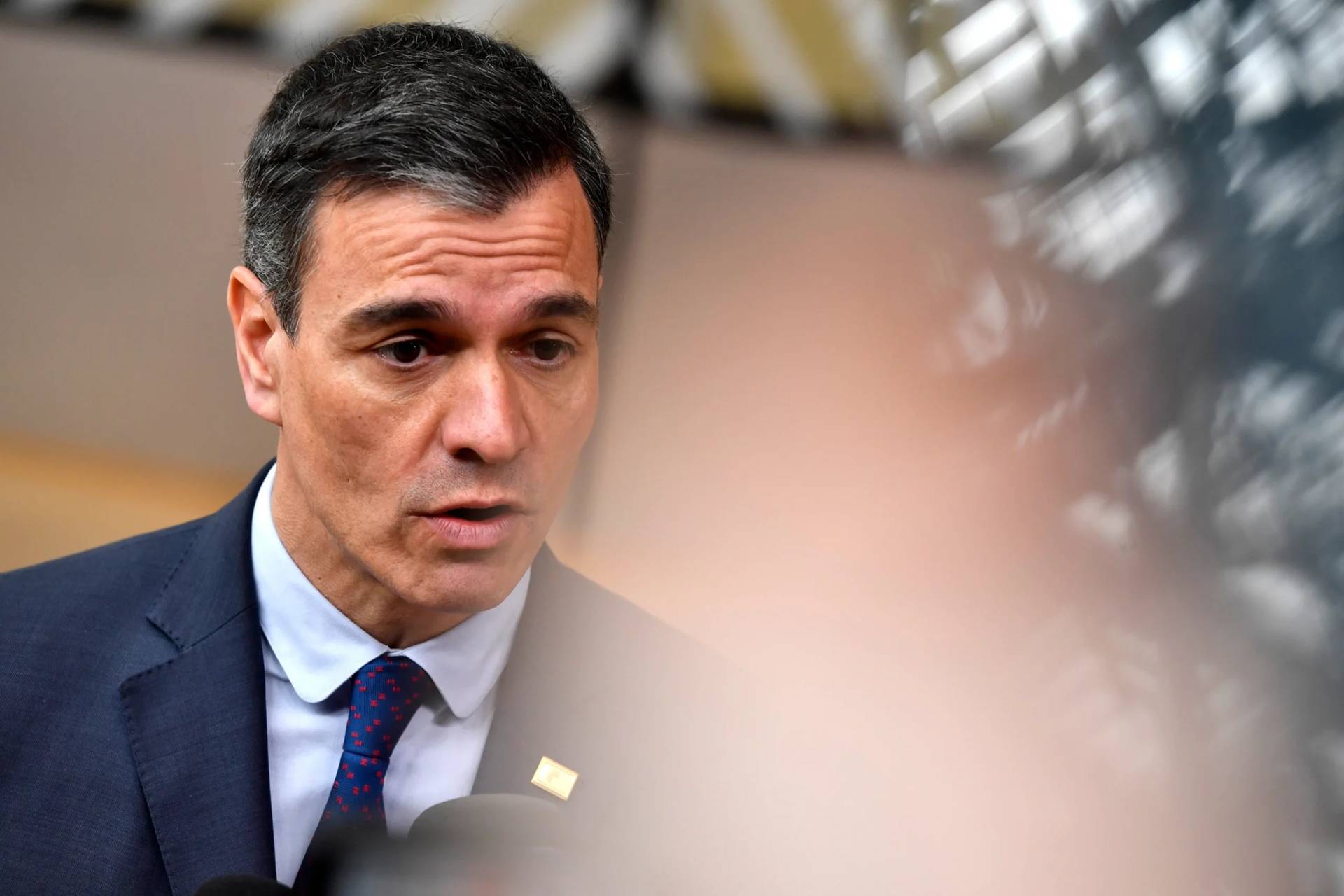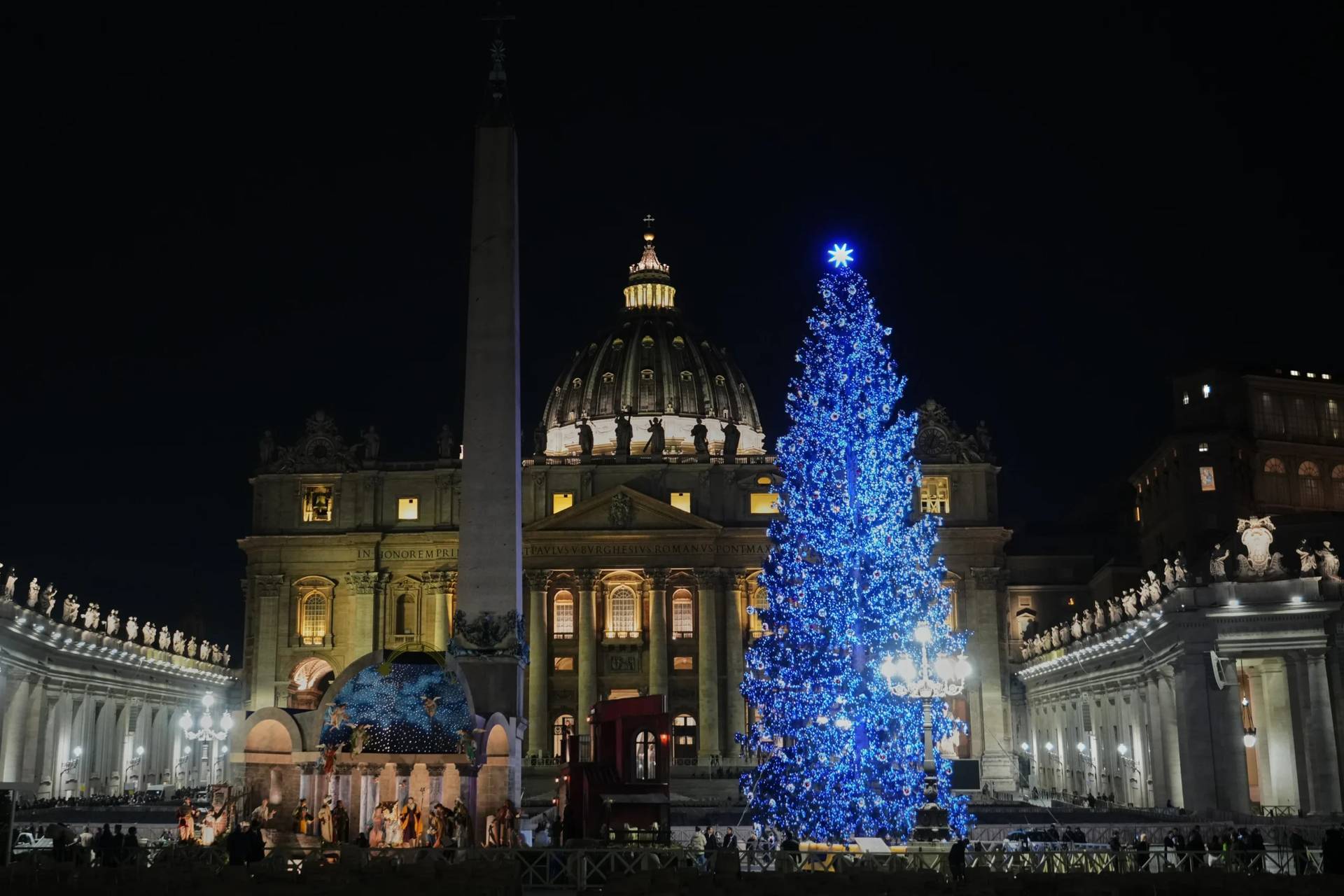ROME — On July 26, the world was brought to a halt by shocker over the death of Father Jacques Hamel, an 85-year old priest from rural France who had his throat slit by two teenagers who claimed allegiance to Islamic State.
Global leaders responded to the atrocity, with French president Francois Hollande vowing to protect every church in the country. Many in the Catholic community called Hamel a martyr the minute the news broke, as he had clearly been killed in hatred to the faith.
Yet what happened to Hamel is far from being an isolated case. Christians around the world are being killed on a daily basis “in odium fide”, and the papal charity Aid to the Church in Need set up an exhibit that tries to project the scope of the problem.
A swing, a teddy bear, a carousel, a menu, university desks and a restaurant table are among the ordinary objects that have become mute witnesses to the thousands of lives cut too short in places such as Lahore, Garissa, Dhaka, Mosul, and Paris.
As is written on one of the walls towards the end of the exhibition, “This can happen to anyone, anyplace, all because of their faith.”
Put together by the Italian branch of Aid to the Church in Need, the exhibit was set up as part of a yearly event organized by the lay movement Communion and Liberation in the coastal Italian city of Rimini. This year, the August 19-25 encounter is being called “Meeting for friendship among peoples.”
The display on persecuted Christians is divided into three sections.
One shows three recent dramatic cases: the attack at Garissa University, in Kenya, where 148 Christian students were killed in 2015 because they couldn’t recite the Quran; the bombing on a downtown park in Lahore, Pakistan, where 69 people were killed last Easter Sunday; and a café in Dhaka, Bangladesh, where 20 people got assassinated by Islamic radicals.
Among the outstanding symbols of Garissa is an unfinished thesis called “Interfaith Dialogue: A bridge between Islam and Christianity,” by Mary Muchiri Shee. She was killed by a militant of Al-Qaeda.

The second section portrays the response from the papal charity, from the 52 million copies of an illustrated Bible they have distributed worldwide to the “Fighters for the Faith” initiative, through which they’re providing training for more than 11,000 future priests, 35 percent of whom are from Africa.
A third section is literally a “Tunnel of Memories,” with portraits of some of the many modern-day Christian martyrs. Some of the faces are recognizable globally, such as Hamel. Others are already being forgotten, such as Italian Father Andrea Santoro, murdered in 2006 in Turkey shortly after celebrating Mass by a gunman who kept screaming “Allah is great.”
Some of the pictures, however, are of anonymous martyrs no one ever talks about, like four-year-old Emmanuel Dike, killed on Christmas Day 2011 alongside 45 others during Mass at St Theresa’s Church, Madalla, in Nigeria.
Crux spoke with his mother, Chioma Dike, last August. She lost her husband and three of her children in the blast.
According to the organizers of the exhibit, the pictures and scenes are intended to compel visitors to reflect upon that which thousands of Christians all over the world are experiencing today.
As the world’s best museums do, there are guides at hand to answer inquiries from visitors: priests and laypeople, first-hand witnesses of what’s going on in Syria, Pakistan, Iraq, the Central African Republic, Colombia (for decades the world’s most dangerous country to be a priest), and Ukraine.
As shown by the exhibition put together by Aid to the Church in Need, which aims to help Christians in places where living their faith is a danger, anti-Christian persecution is one of the most widespread human rights scourges of the early 21st century.
Though estimates vary widely, even low-end counts suggest that one Christian is killed for motives related to the faith somewhere in the world every hour of every day.














